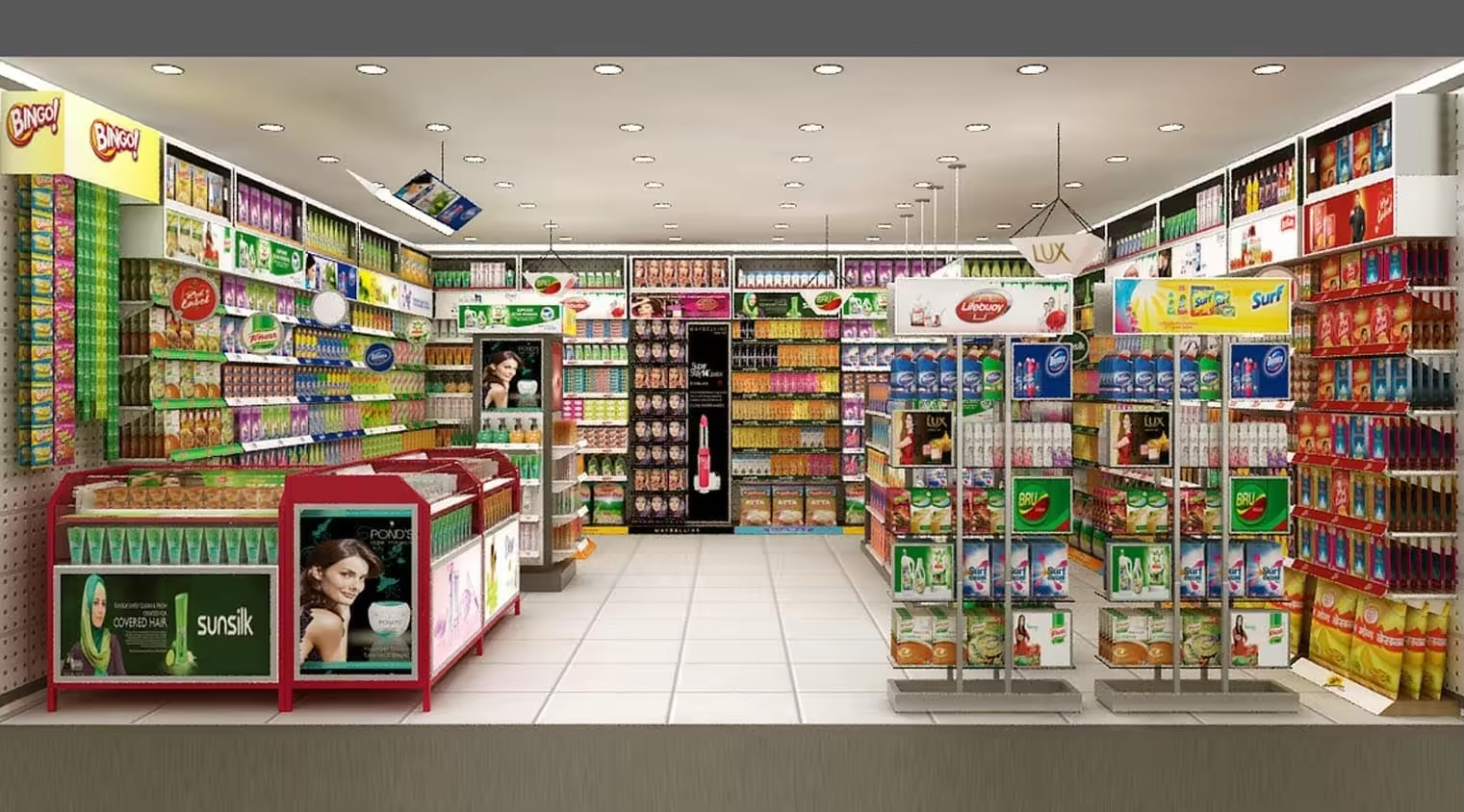Pricing is essential for any retail business - it can make or break you. Your product and merchandise prices are pivotal to your success and profits. There's a real art and science to retail pricing.
By retail pricing, I mean all the strategies and processes you use to decide what to charge customers for goods - whether in a physical store or an online shop.
It's about finding the spot between making enough profit to sustain and grow your business while still pricing competitively to attract customers. It doesn't matter whether they use retail pricing software or do everything independently because a business can thrive with the right strategy. So, the price points they set significantly influence consumer behavior. In this comprehensive guide, we'll explore the nuances of retail pricing and its impact, different pricing models, and retailers' strategies to excel.
Why Retail Pricing Matters
Several factors underscore the importance of thoughtful retail pricing:
Pricing affects profit margins. The right pricing allows businesses to earn adequate gross margins after covering costs.
Pricing shapes brand perception. Higher or lower pricing relative to competitors influences how customers view a brand.
Pricing establishes market position. The pricing strategy retailers choose help define their positioning in the marketplace.
Pricing impacts sales volumes. Finding optimal prices to stimulate demand without sacrificing margins is key.
Given these high stakes, retailers invest substantial time developing pricing strategies aligned with their business objectives and target audience.
Key Retail Pricing Models
When developing pricing strategies, retailers have a number of foundational pricing models to choose from. There is no one-size-fits-all approach; the optimal model depends on the retailer's positioning, target audience, product mix, and overall objectives. Typically, a combination of different models is used. The core pricing models include:
- Cost-based Pricing – Prices are determined by calculating costs and then adding a markup to reach the retail price.
- Value-based Pricing – Prices are set based on the perceived value of products in customers' eyes.
- Competition-based Pricing – Benchmarking against competitors’ prices and positioning accordingly.
- Manufacturer’s Suggested Retail Price (MSRP) – The price suppliers recommend as a baseline.
- Penetration Pricing – Low introductory prices designed to attract customers and market share.
- Skim Pricing – High initial prices targeting less price-sensitive segments.
- Prestige Pricing – Premium pricing to match the luxury brand image.
- Dynamic Pricing – Frequently adjusted pricing based on changing conditions.
Each model has potential advantages and disadvantages that must be assessed. Cost-based pricing is easy to calculate but ignores demand. Value-based pricing is aligned with the customer perspective but is more challenging to quantify. Benchmarking competitors can inform pricing but risks price wars. The optimal approach depends on the retailer's specific situation.
Factors Influencing Pricing Decisions
Pricing plans involve evaluating many influencing factors both within and outside the company. Pricing does not happen in isolation; internal costs and external market forces impact it. Some of the key factors include:
- Costs – Product costs, distribution expenses, supply chain efficiency, and production costs.
- Demand – Customer demand forecasts, seasonality, target audience, and market trends.
- Competition – Pricing and promotions from rival companies.
- Regulations – Taxes, tariffs, duties, and local laws impacting costs.
- Macroeconomics – Currency rates, inflation, recessions, and consumer confidence.
Continuously monitoring and analyzing these factors allows retailers to adjust their pricing for optimal results.
Ongoing analysis of all influencing factors is crucial because pricing rarely stays static. As internal expenses and external conditions change, pricing has to be reevaluated and optimized accordingly. By maintaining a pulse on these factors, retailers can refine pricing to drive profitability amid evolving market dynamics.
Psychological Pricing Tactics
Retailers often use psychological pricing strategies to influence customer decision-making. Examples include:
- Odd Pricing – Setting prices at slightly below round numbers like $9.99 instead of $10.
- Bundling – Offering discounted multi-product packages and bundles.
- Limited Offers – Creating urgency with discounts or promotions for a short time.
- Reference Pricing - Showing a higher "regular" price next to the lower sale price.
These approaches leverage consumer biases and behaviors to drive purchases. Customers may perceive better value from a $9.99 price than $10. Limited offers prompt, quicker impulse purchases.
Implementing Dynamic Pricing
Dynamic pricing represents pricing that changes in real time based on specified factors and conditions. Retailers today are starting to use dynamic pricing a lot more, powered by data and analytics. The benefits are huge:
- They can optimize prices based on seasonal demand, events, and other signals.
- They can quickly adjust prices when competitors make a move.
- Profitability increases by aligning prices closely to costs and customers' willingness to pay.
- Personalized promotions tailored to each customer help drive more sales.
Now, you do have to invest upfront in data capabilities, analytics tools, and algorithms to make dynamic pricing work. But it pays off with super responsive pricing tuned to exactly what's happening in the market.
Omnichannel Pricing Consistency
With customers shopping across stores, websites, and apps, pricing consistency is a must. Shoppers expect items to cost the same across all those channels. Any discrepancies will confuse them and hurt trust.
Retailers need tight omnichannel controls to align pricing. That means centralizing pricing decisions and using automation to optimize across channels. A unified approach keeps customers happy.
In today's omnichannel retail world, excellence in pricing is crucial for success. Retailers have to master balancing countless factors to build customer-focused pricing. With the right mix of pricing models, psychology, and flexibility, they can thrive.



